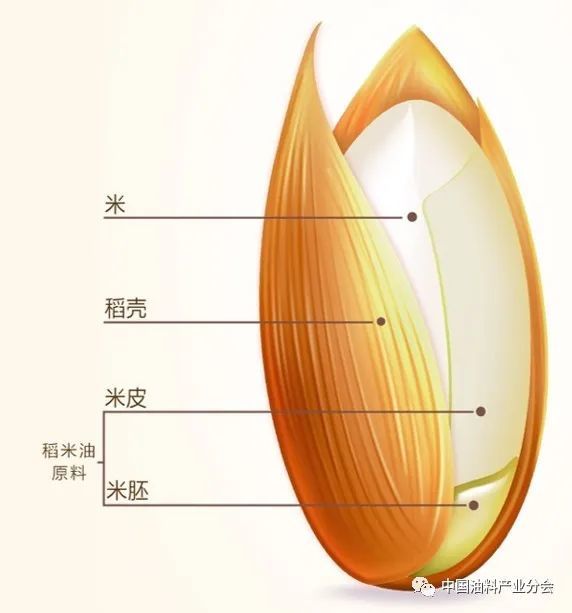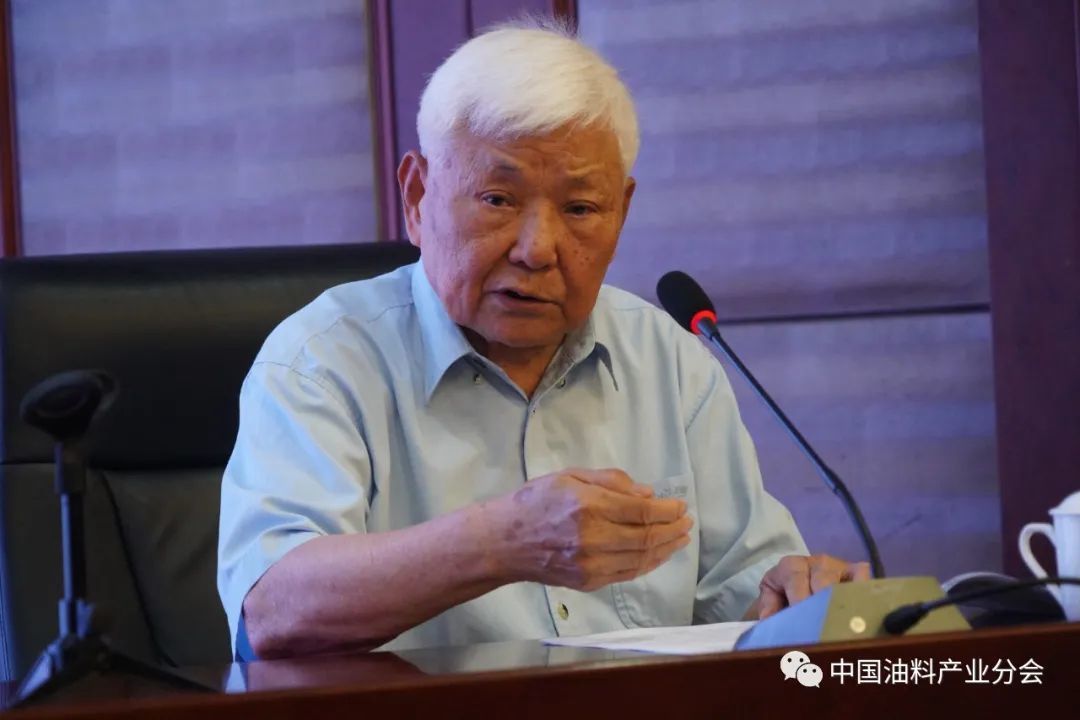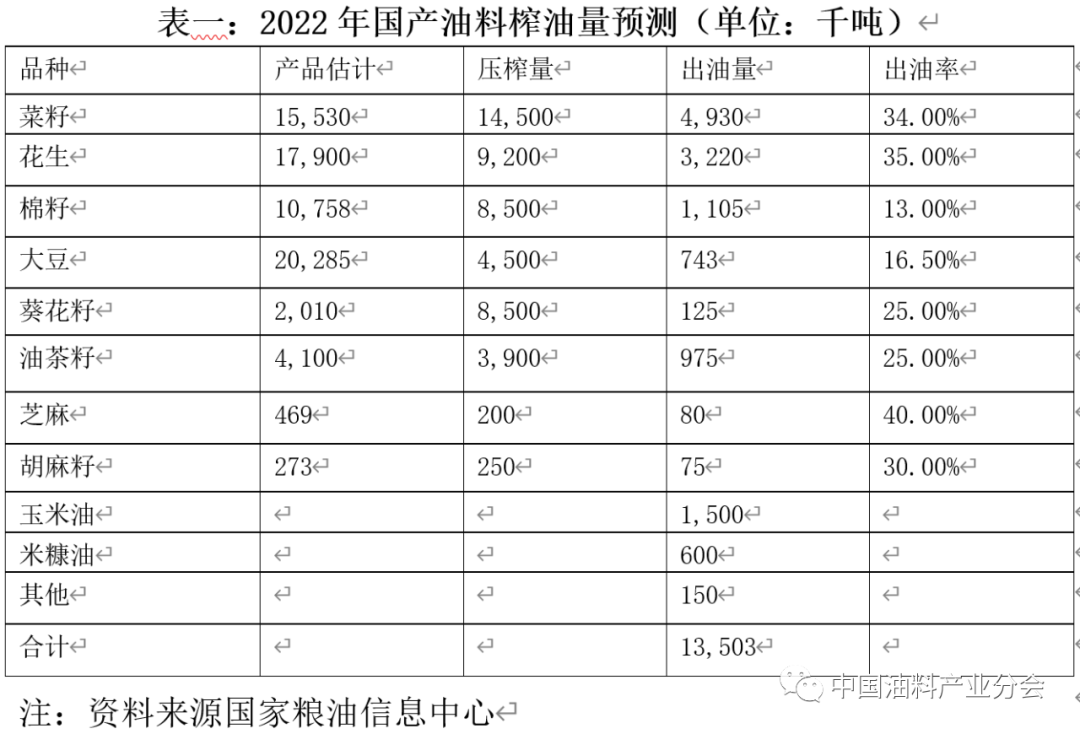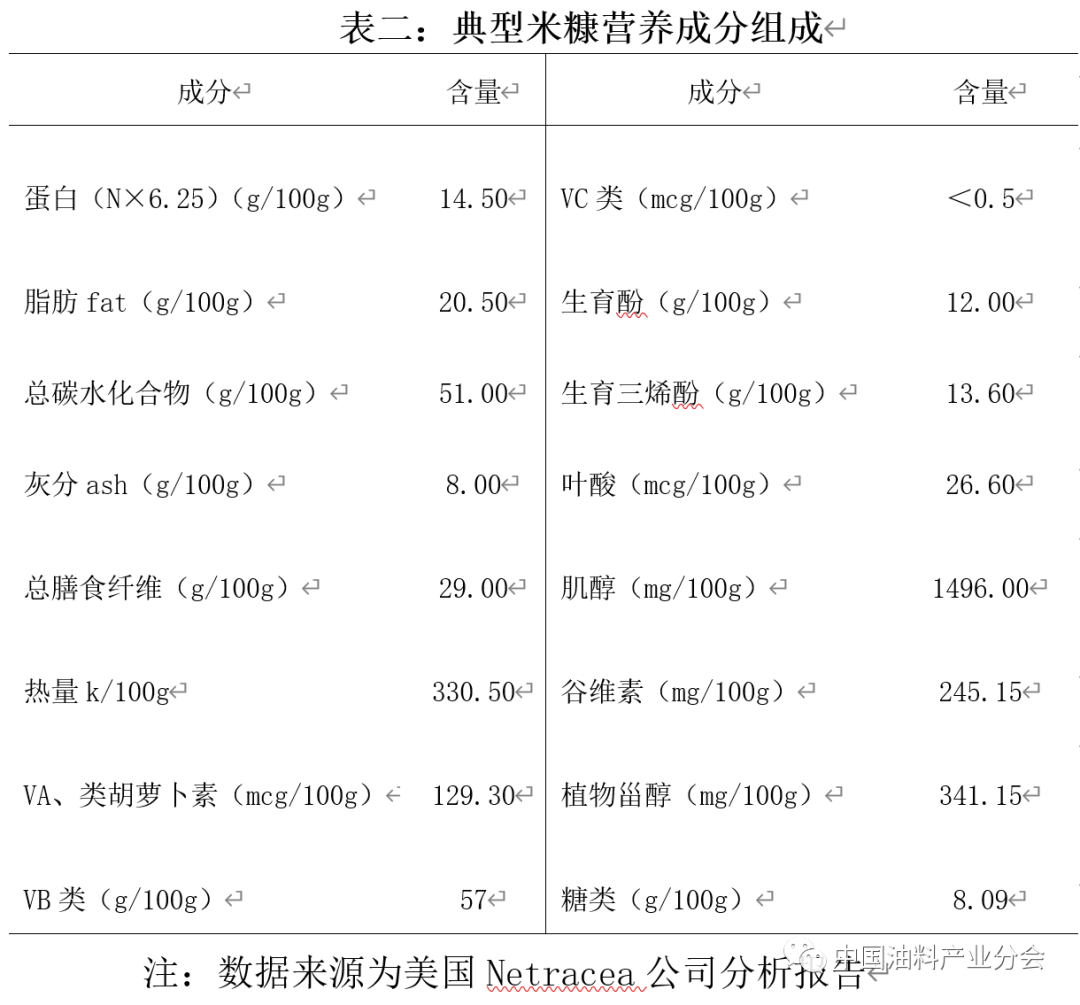Blog
The development of rice oil industry has far-reaching significance and great value (above)
2023-12-05 09:57

Reasons for watching:Rice bran (including rice embryo) is a by-product in rice processing. Rice bran is not only rich in fat, but also rich in a variety of nutrients, which is a high-quality oil resource. Generally speaking, the oil content of rice bran is 18% ~ 20%, which is equivalent to the oil content of soybean in our country. If 70% of rice bran resources in rice processing in our country can be used for oil extraction and the oil yield is calculated at 15% ~ 16%, then our country can produce about 1.5 million tons of rice oil every year. According to the current annual consumption of edible oil in China, the self-sufficiency rate can be increased by 3.5, which is equivalent to the oil production of more than 900 million tons of domestic soybeans, so it is an extremely valuable oil resource. So, what bottlenecks need to be broken through for the green and high-quality development of the rice oil industry? Recently, Wang Ruiyuan, honorary president of the Oil Industry Branch of the China Agricultural Industrialization Leading Enterprises Association, chief expert of decision-making consulting of the China Association for Science and Technology, and former president of Zhonggu Grain and Oil Group, explained this.

How do you interpret the importance of improving the self-sufficiency of edible oil in China to ensure national food security?
Wang Ruiyuan: Improving the self-sufficiency of edible oil in China is an important measure to ensure national food security. With the great attention of the party and the government, China's grain and oil production has reached record highs. According to the forecast of the National Grain and Oil Information Center, the total output of my country's eight major oil crops, including rapeseed, soybean, peanut, cottonseed, sunflower seed, sesame, linseed and camellia seeds, will reach 71.325 million tons in 2022, a record high, but its growth rate It still cannot keep up with the needs of my country's economic development and the continuous improvement of people's lives. A larger amount of imported oil and grease is needed to meet the supply in the oil market. According to the information provided by the National Grain and Oil Information Center, in 2022, China will use 13.503 million tons of edible oil extracted from domestic oil (excluding soybean, peanut, sesame, sunflower seed and other four kinds of oil used directly) (see Table 1); According to customs statistics, China will import 96.109 million tons of various vegetable oils in 2022, and 8.017 million tons of various edible vegetable oils.
According to the annual oil market analysis data provided by the National Grain and Oil Information Center, in 2021/2022, the total annual consumption of edible oil in my country was 37.58 million tons (that is, the sum of edible consumption and industrial and other consumption). In this way, we can calculate that the self-sufficiency rate of edible oil in China in 2021/2022 is only 35.9 (I. e., 13.503 million tons of national oil extraction in 2022, compared with 37.58 million tons of total annual edible oil consumption). It can be seen that nearly 2/3 of China's edible oils and fats need to rely on imports.
In view of the fact that edible vegetable oil is an important part of national food security, such a high degree of external dependence may endanger the safety of my country's edible oil market at any time. How to alleviate the shortage of edible oil supply in China and ensure the safety of edible oil supply in China is a matter of concern. Honorary Chairman Wang Ruiyuan believes that the top priority is to do everything possible to improve the self-sufficiency of my country's edible oil. The effective measure to improve my country's edible oil self-sufficiency rate is to continue to actively develop oil production while vigorously exploring and utilizing new oil, especially to make full use of existing oil resources that do not compete with grain to produce oil. Among them, it is most practical to actively use rice bran resources and vigorously develop the rice oil industry, to help improve the self-sufficiency rate of China's edible oil, can play an immediate effect.

Why should advocate and push the high quality development of rice oil in China?
Wang Ruiyuan: China is rich in rice bran resources. As we all know, our country is the largest rice producer and consumer in the world. In our country, rice, like wheat flour and corn flour, is the main grain variety in our country. About 0.8 billion million people in China take rice as their staple food, and about 1.3-0.14 billion tons of rice are consumed every year due to direct consumption of rice and its products. It can be seen that the consumption of rice and its products is the largest and most stable food consumption variety in China. According to data released by the National Bureau of Statistics, my country's total grain output in 2022 will be 686.53 million tons, of which rice production will be 208.49 million tons.
In order to meet the needs of rice processing, China has tens of thousands of rice processing enterprises. According to the "2021 Grain Industry Statistics" released by the Grain Reserve Department of the State Grain and Material Reserve Bureau, in 2020, there will be as many as 9867 rice processing enterprises above designated size in my country. According to statistics, these above-scale rice processing enterprises in the production of rice at the same time, the output of rice bran is as much as 1300 to 14 million, which is China's valuable oil resources.
As a high-quality oil resource, what do you think is the value of rice bran?
Wang Ruiyuan: Rice bran (including rice embryo) is a by-product in rice processing. Rice bran is not only rich in fat, but also rich in a variety of nutrients (see Table 2), which is a high-quality oil resource. Generally speaking, the oil content of rice bran is 18% ~ 20%, which is equivalent to the oil content of soybean in China, so it is an extremely valuable oil resource. If 70% of China's rice bran resources for rice processing can be used for oil extraction, and the oil yield is calculated at 15% ~ 16%, then China can produce about 1.5 million tons of rice oil per year. According to the current annual consumption of edible oil in China, the self-sufficiency rate can be increased by 3.5, which is equivalent to the oil production of more than 900 million tons of domestic soybeans. It is a "farming" without farming. We should cherish this.

Related news
Panjin City implements the decision-making and deployment of the Party Central Committee and the work arrangements of the Provincial Party Committee, implements the three-year action requirements for the comprehensive revitalization of Liaoning, and adheres to the priority development of agriculture and rural areas on the basis of firmly adhering to the red line of arable land. "Technology" strategy, focus on building a key chain of Panjin rice national agricultural industry chain; continue to carry out the construction of beautiful villages throughout the region, and continuously improve the level of rural social governance, the rural production and living environment and the per capita disposable income of residents continue to take the lead, and strive to promote rural revitalization in the forefront of the province and even the country.
The development of rice oil industry has far-reaching significance and great value (below)
How to activate the potential of high-quality development of rice oil in China? What is the significance of high-quality development of rice oil?
The development of rice oil industry has far-reaching significance and great value (above)
Reason for onlookers: Rice bran (including rice embryo) is a by-product of rice processing. Rice bran is not only rich in fat, but also rich in a variety of nutrients. It is a high-quality oil resource. Generally speaking, the oil content of rice bran is 18% ~ 20%, which is equivalent to the oil content of soybean in our country. If 70% of rice bran resources in rice processing in our country can be used for oil extraction and the oil yield is calculated at 15% ~ 16%, then our country can produce about 1.5 million tons of rice oil every year. According to the current annual consumption of edible oil in China, the self-sufficiency rate can be increased by 3.5, which is equivalent to the oil production of more than 900 million tons of domestic soybeans, so it is an extremely valuable oil resource. So, what bottlenecks need to be broken through for the green and high-quality development of the rice oil industry? Recently, Wang Ruiyuan, honorary president of the Oil Industry Branch of the China Agricultural Industrialization Leading Enterprises Association, chief expert of decision-making consulting of the China Association for Science and Technology, and former president of Zhonggu Grain and Oil Group, explained this.
Food savings and losses | Where does the loss of rice processing often occur?
Rice grain consists of husk, cortex, embryo and endosperm. The main processes of rice processing are cleaning, husking and milling. Rice cleaning is to remove impurities such as sand, metal, weed seeds, etc. Husking is the process of stripping the shell of rice to make it brown rice, and rice milling is to remove the bran layer of brown rice to produce rice with better edible quality.
Nutritional value of rice bran
The composition of unsaturated fatty acids in rice bran oil is reasonable, in which linoleic acid is 38% and oleic acid is 42%, the ratio is about 1:1.1, which is in line with the best ratio recommend by the International Health Organization. Linoleic acid is one of the essential fatty acids in the human body, which cannot be synthesized by the human body itself and is indispensable. It has a variety of physiological functions to the human body, especially to participate in the synthesis of phospholipids and as an important component of mitochondria and cell membrane in the form of phospholipids, to promote the metabolism of cholesterol and lipids, to reduce cholesterol and prevent atherosclerosis, but also to synthesize prostaglandin precursors, and prostaglandin has the expansion and contraction of blood vessels, nerve stimulation of conduction and protect the skin from damage caused by radiation.
[Heavy] Northeast Survey of Rice Oil Industry
General Secretary Xi Jinping attaches great importance to the issue of food security and emphasized that "it is necessary to ensure the safety of food and important agricultural and sideline foods".

